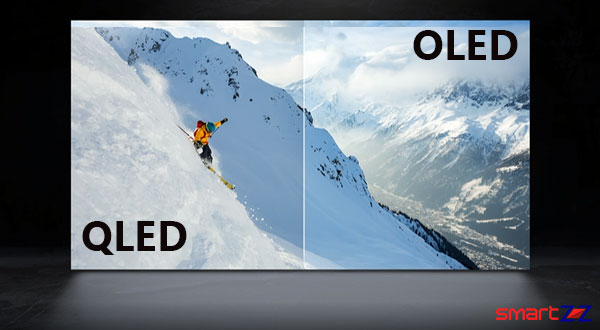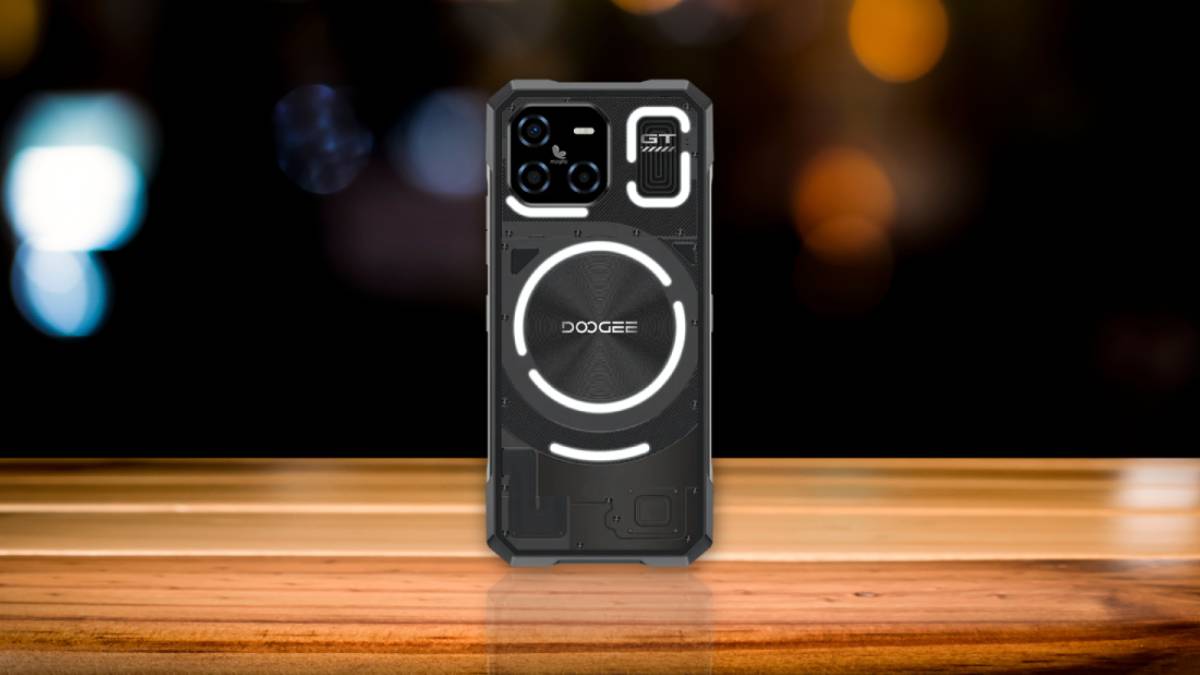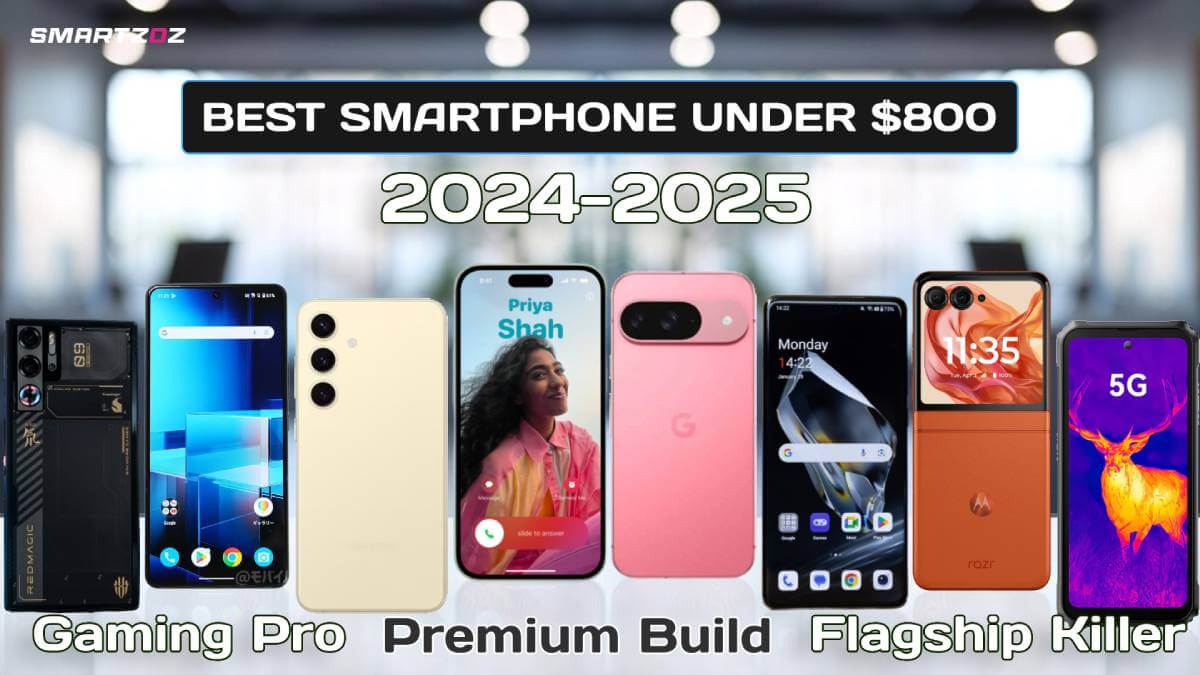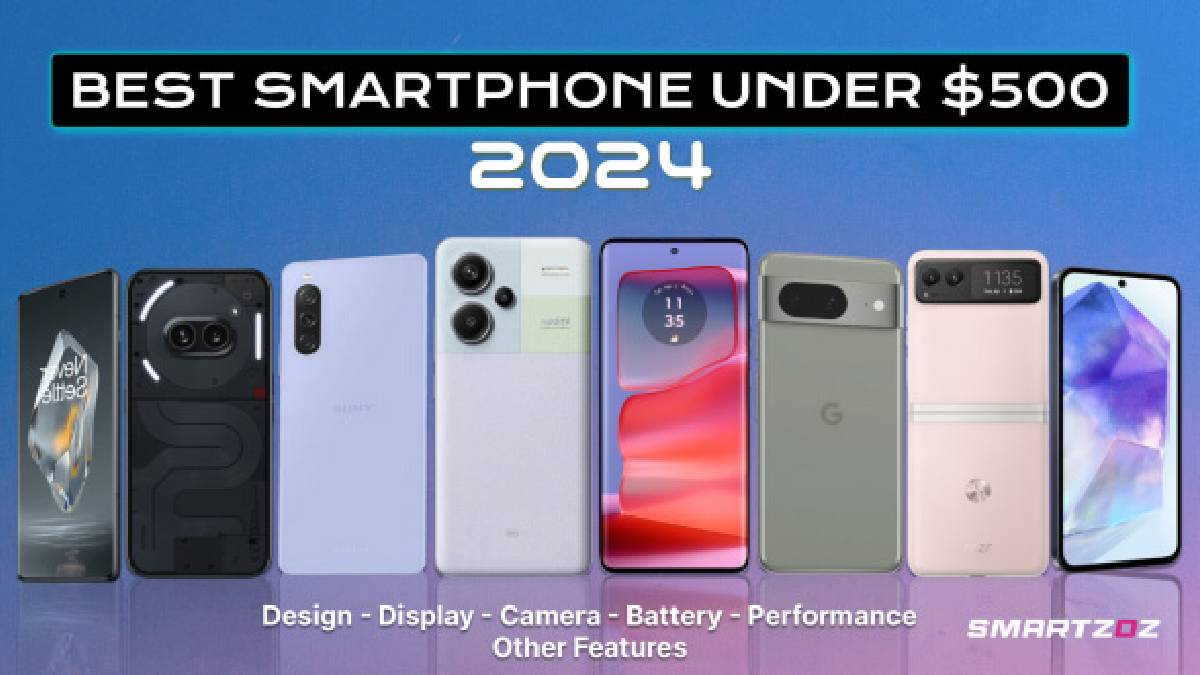
New Television technologies arise more often than before nowadays. The recent trend among people is to prefer UHD 4K TVs and the 8K TVs are also a good buy for entertainment. But the confusion begins when the top two TV screen technologies are marketed and made to compete. We are speaking about OLED and QLED here. Follow this post and know what they both mean and which is the best to buy.
Top television brands like LG and Samsung say their TVs have high-end displays and mostly it is either OLED or QLED. First, let’s know what these two acronyms really mean in a TV before we compare them.
What is OLED?
OLED, Organic Light-Emitting Diode, is the slimmest among all display tech with some smooth, fluid, colorful images that make us admire pictures. Though the later part of the name does not have anything to do with the technology, LED backlight might mean that each pixel is a tiny LED light. OLED comes with many advantages and the most celebrated one is its black level. Manufacturing this screen is said to be nature friendly as other LCD screens require greenhouse gas Nitrogen Trifluoride for production. LG is the only company that makes OLED screens and the company also sells OLED panels to other big companies like Philips, Panasonic, and Sony
Pros
- The slimmest TV tech (2.57mm)
- Self-lighting pixels
- Blacks are more convincing
- Fast Refresh rate
- Bur-free
Cons
- Comes in only three sizes: 55, 65 & 77-inch
- Muted brightness (1,000 units)
- Costly
What is QLED?
OLED, Quantum Light-Emitting Diode, is a premium television display technology that uses quantum dots for extra brightness and color. These screens are not self-emissive and they are lit by the LEDs on the sides. We can say that the quantum dots is the only tech that stands between LED and QLED, but they create a significant difference in the viewing experience. This technology was introduced by Sony nine years back after which other companies like Samsung, TCL, and Vizio produced their own QLED TVs. This technology is cheaper than OLED and a better performer than LED so we can call this middle-ground between the other two.
Pros
- Whites are good.
- Super bright: 1,500 nits
- Larger screen sizes that are between 49-88 inches.
Cons
- A Little thicker than OLED.
- Too bright at times.
- Blacks are better on OLED.
- Refresh rate is slower.
Now that it is clear what the top two technologies mean and how they improve our viewing experience, it’s time to compare.
The Comparison – OLED vs QLED
This comparison is going to be sharp and on point so that you don’t have to strain a lot in finding the winner. We have selected some categories to compare OLED and QLED so that the comparison is fair and clean. The technology that is better at the below given qualities will end up to be the better TV technology.
Contrast, Brightness, and Color Space
The Black levels and Contrast is better in OLED TV as they have the ability to go completely black when needed. No light is produced when a pixel in OLED does not get electricity and this makes OLED give out true black. In QLED TVs the backlights are made to dim and you will see something called “light bleed”.
Instead of relying on every single pixel QLED TVs use the separate backlights that give out extreme brightness. The quantum dot technology makes QLED TVs the clear winner when it comes to brightness.
With respect to color space both are equal. Both OLED and QLED have the ability to produce a wide range of saturated colors at good brightness. So it does not matter whether you use an OLED or QLED. That is, both TV technologies will give out accurate colors, bright colors, and color volume.
Speed, viewing angles, and eye comfort
In speed, OLED is superior when compared with QLED. The response time is great as it takes just 0.1 second in OLED, whereas the QLEDs take between 2 and 8 milliseconds. So it is clear that OLED is the faster TV technology.
Viewing angles are very important for a TV and it is good in OLEDs when compared to QLEDs. This is because of the way the TVs are backlit. In OLED TVs, there is no damage to colors, brightness, contrast, and more even when you watch from a very wide angle. This is not the case with QLED as there will be color diminishing and reduced picture quality as you change the angle you watch from.
OLED TVs are good for our eyes and this is a serious advantage with OLED. Our screen time is increasing and it is high time that we care about our eyes that watch TV for a long period. The blue light from the LED-backlit QLED TVs are very high when compared to OLEDS. So it is safe to watch an OLED for lesser eye problems.
Conclusion
The comparison above clearly tells us that OLED is the better TV technology than QLED. If you think that your TV must possess the best display that performs great in all aspects, then OLED is your TV. It is just that you must be ready to spend more on a TV. The OLED TVs are a little pricey compared to QLED TVs but they perform well and give an amazing viewing experience.




More Stories
Best Smartphones Under $1000 to Buy in 2025 February : Flagship Phones
Doogee Blade GT – Nothing Successor! The Rugged Smartphone Review
Top 8 Best Smartphone Under $800 to Buy in 2025 February